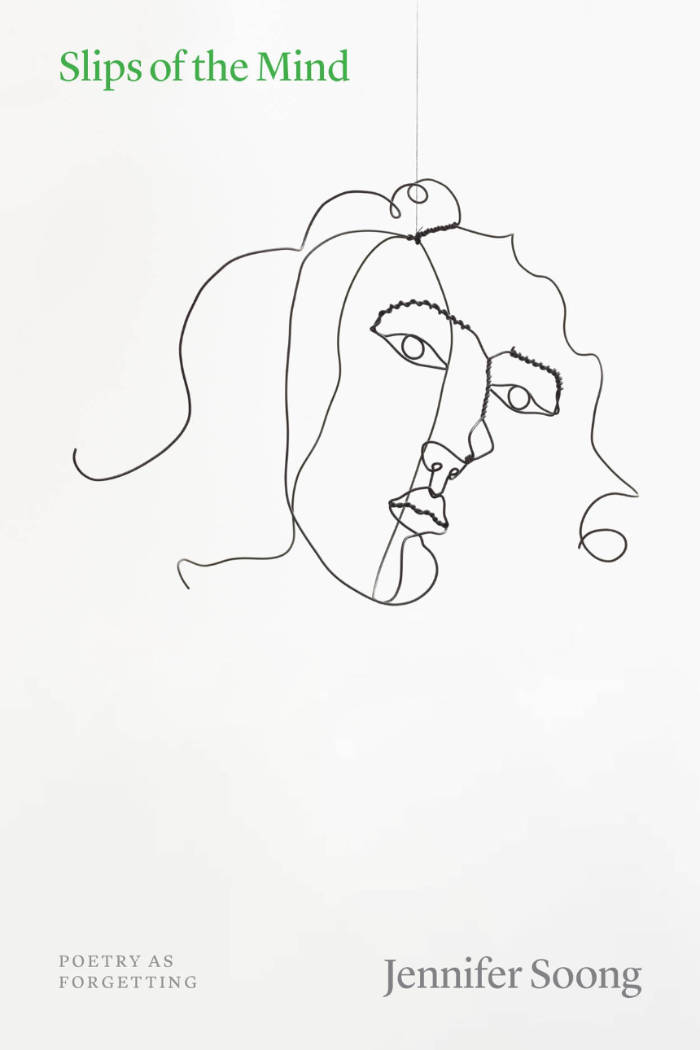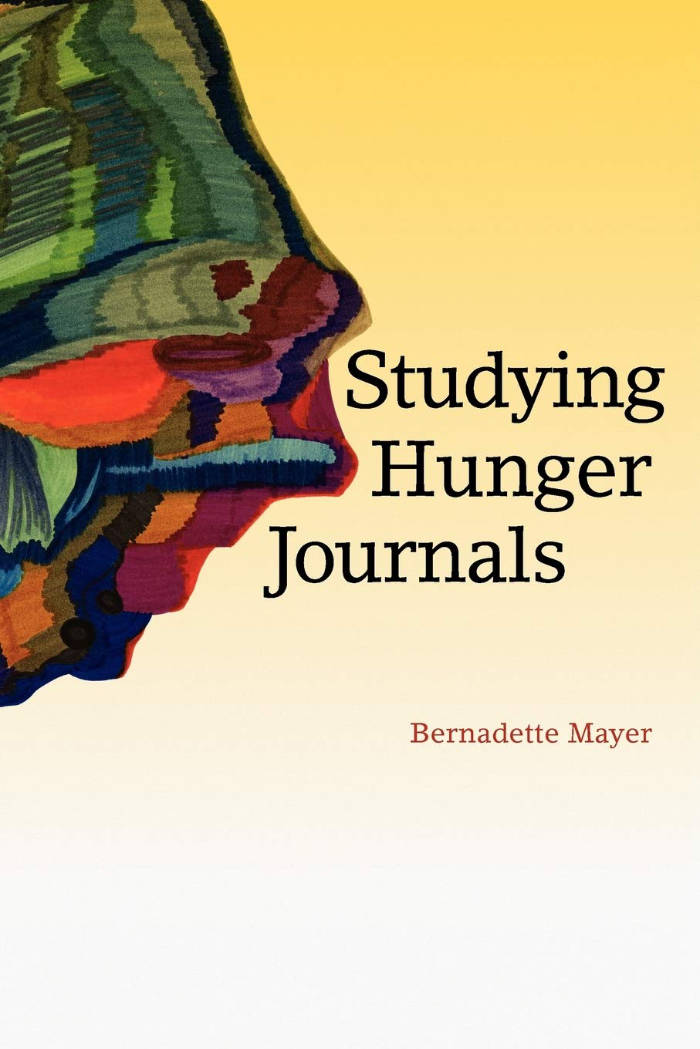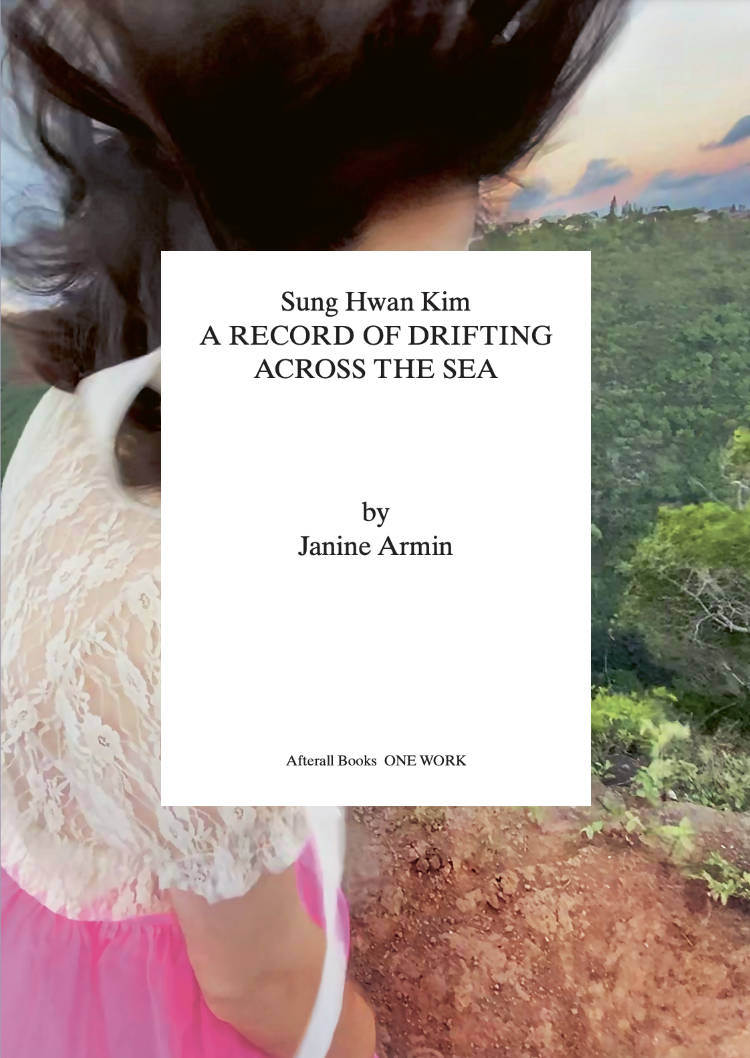
Limn the Distance
Limn the Distance imagines decentralisation through the poetics of Bernadette Mayer and the concentric communities of one mountain. From major cities to art worlds, godheads to bodies and the spaces they inhabit, it asks what happens when we move away from the assumed nuclei of these knowledge and value systems. Orbiting around one mountain in upstate New York, Limn the Distance speaks of and through the communities that have resided there—from the radical sectarian shakers, and efforts towards communitarian living and small-scale farming that have happened in their wake, as well as the life and legacy of Bernadette Mayer who lived nearby. Through personal narrative and lyrical essay, the book draws on communitarian and artistic traditions of decentralised practice and resists the easy binarisms of solitude and sociality, ruralism and urbanism.
After hours in the dry heat of the polytunnel with its blue tarp and the warm and hopeless rotational pull of its fan system, we enter delirium—at the edges of our bodies—skin slick and supple with allium dust and sweat.
To know one’s place, to lose one’s place—
Years have unfurled—entire pandemics—since I began; began to depart from the original conception of my place, my writing, my body and began to know the edges of them—as limits, as possibilities—the lip, brink, shores of them; their fringes.
‘In her exquisite essay Rose searches for utopias and circles the Mountain. Home to the abstinent Shakers with their visions as gifts; farming (also a gift) and the relationship between Rosemary and Bernadette Mayer (double gift). The utopias here are all approximate, the quest personal, the Mountain real. Limn The Distance is glittering and beautifully stitched as Rose seeks alternative economies (of friendship and feminism, for how to live now). Her first book is an awakening borne of art and agriculture, theory and poetry— all on the border of this Mountain.’ - Jennifer Kabat
Rose Higham-Stainton is a writer and critic interested in gender and art-making, material culture and resistance. Her work is held in the Women’s Art Library at Goldsmiths College and has been published by LA Review of Books, Texte Zur Kunst, Artforum, The White Review, Art Monthly, X-Tra, Bricks from the Kiln, Apollo, MAP Magazine, and Worms. She has written several chapbooks. Limn the Distance is her first book.







